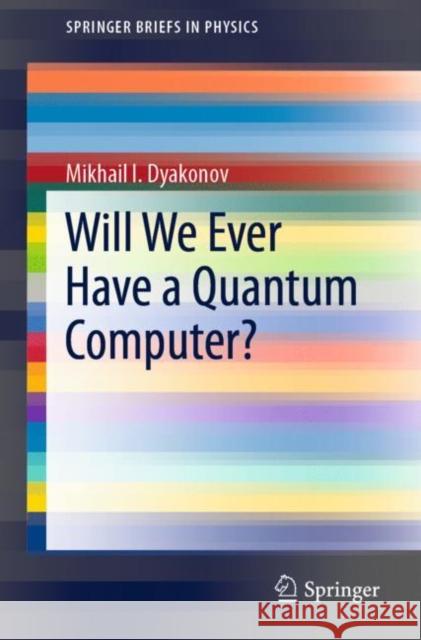Will We Ever Have a Quantum Computer? » książka
topmenu
Will We Ever Have a Quantum Computer?
ISBN-13: 9783030420185 / Angielski / Miękka / 2020 / 49 str.
Kategorie:
Kategorie BISAC:
Wydawca:
Springer
Seria wydawnicza:
Język:
Angielski
ISBN-13:
9783030420185
Rok wydania:
2020
Wydanie:
2020
Numer serii:
000417619
Ilość stron:
49
Waga:
0.10 kg
Wymiary:
23.39 x 15.6 x 0.33
Oprawa:
Miękka
Wolumenów:
01
Dodatkowe informacje:
Wydanie ilustrowane











